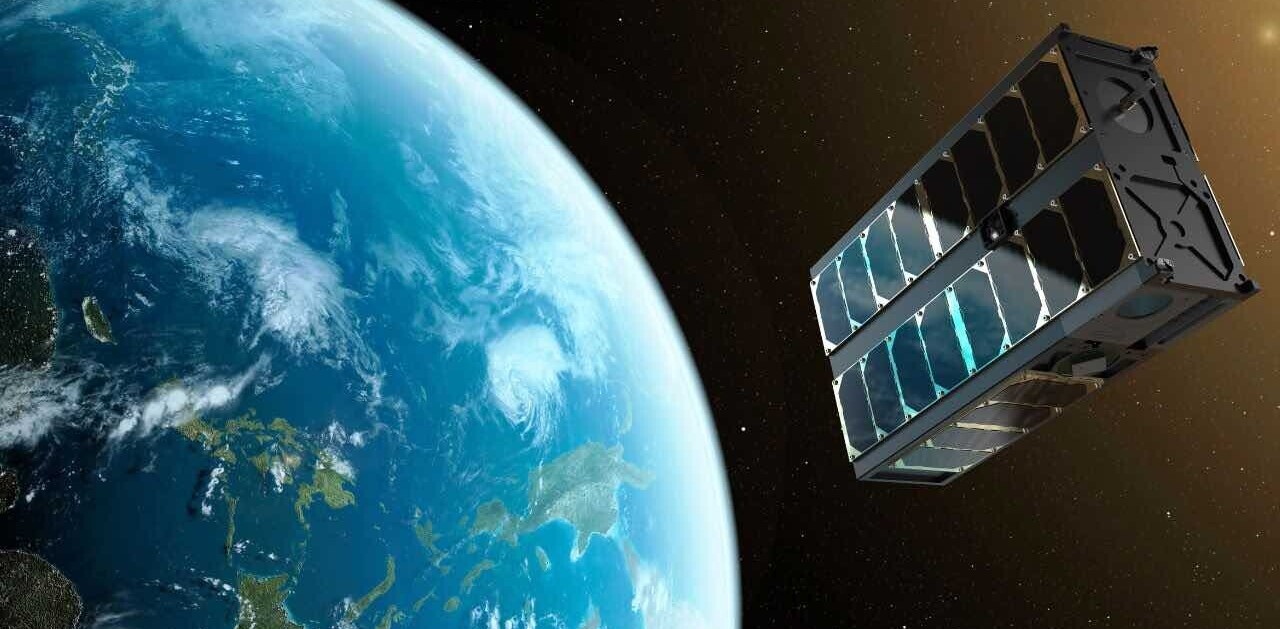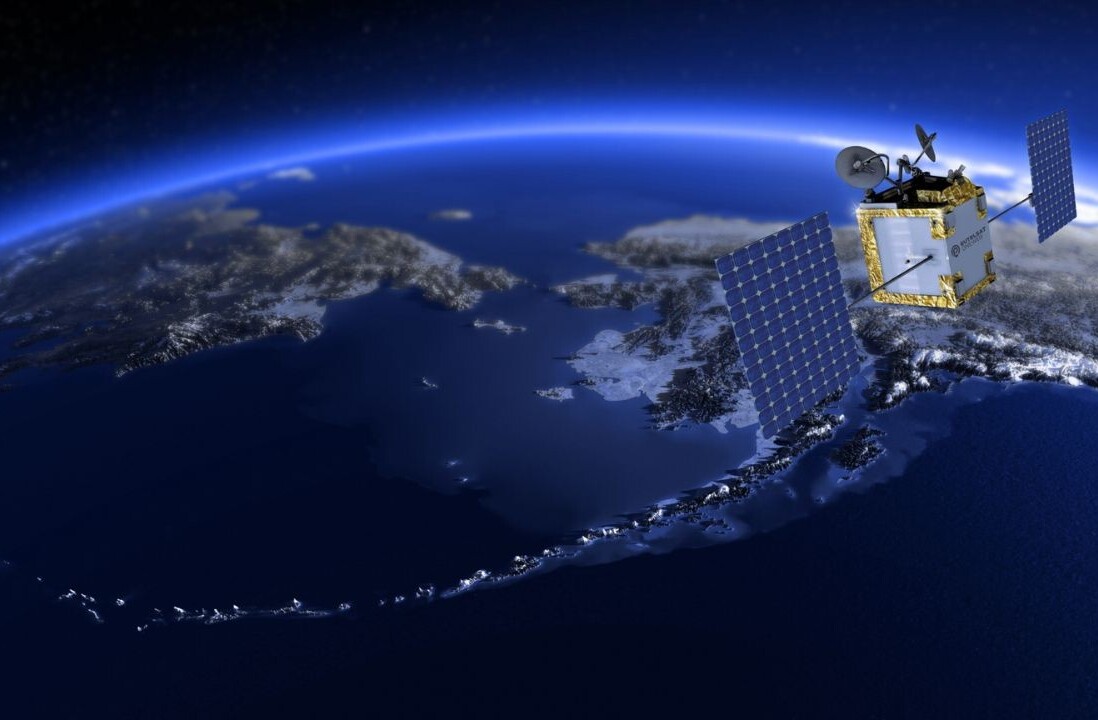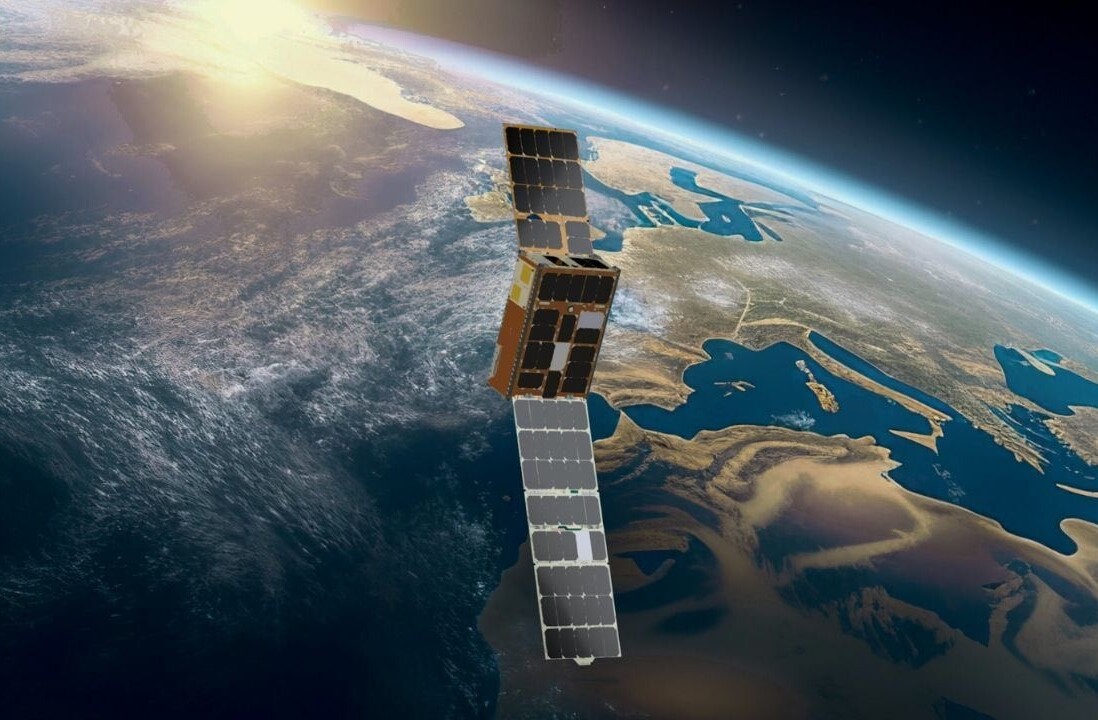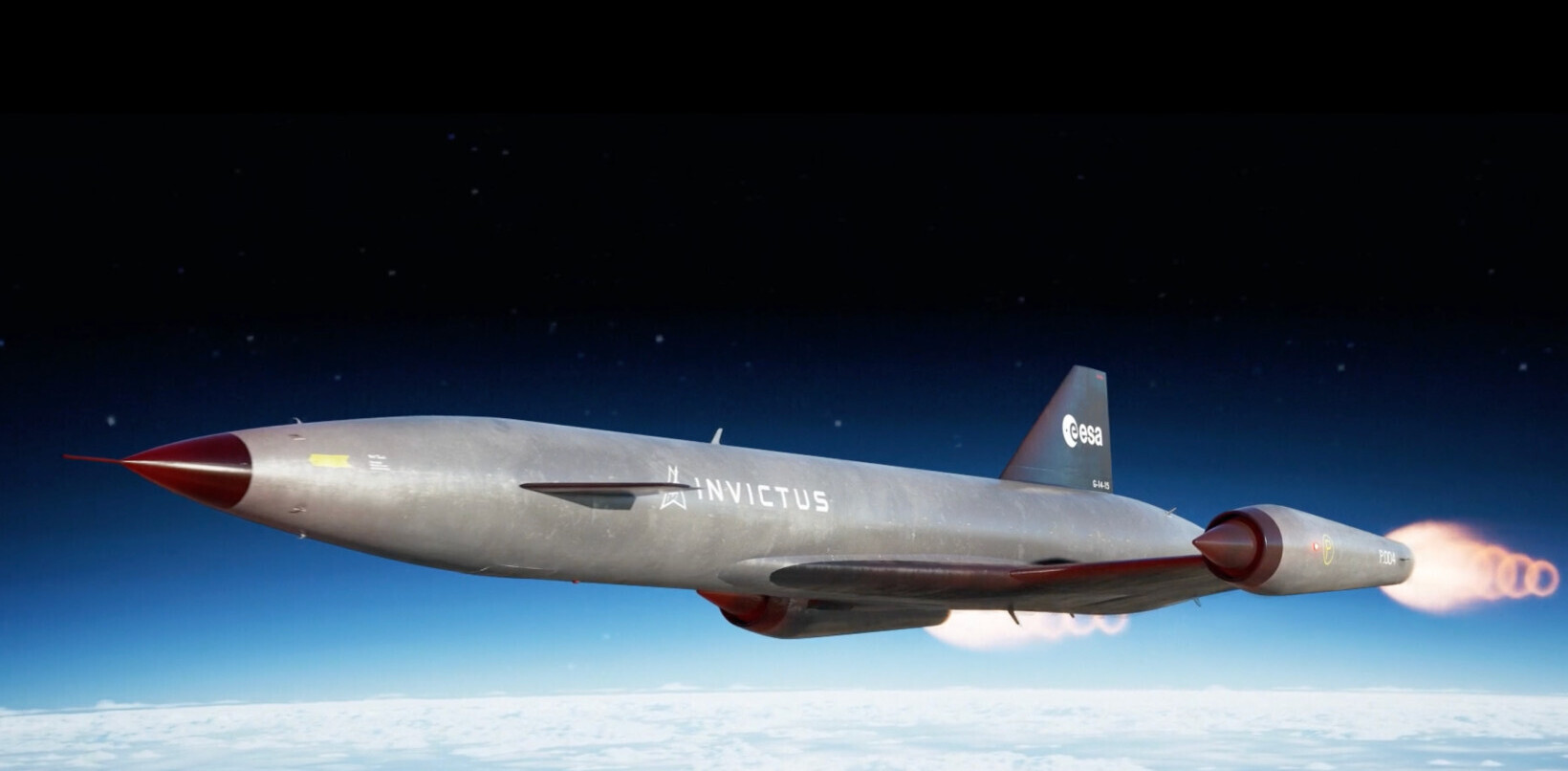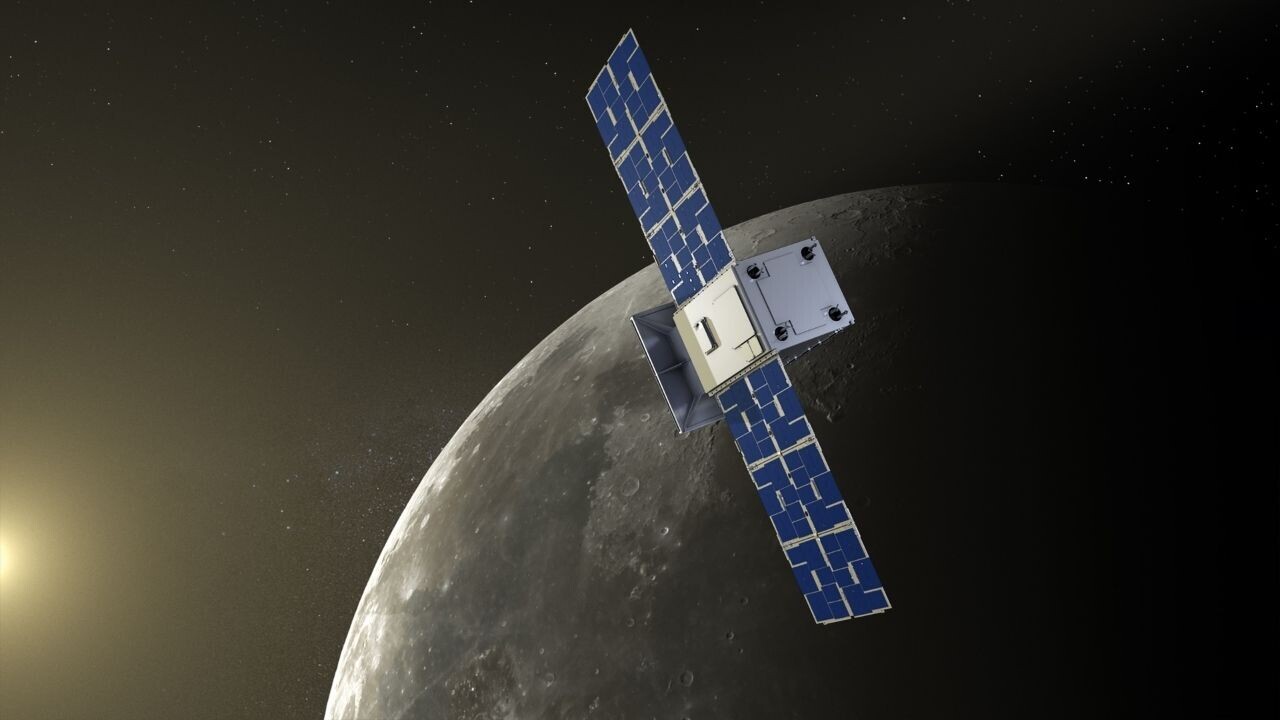
NASA’s long-awaited return to the Moon is starting to take shape — literally.
The space agency has developed a unique lunar orbit for the Gateway space station, which will provide a staging post for visits to Earth’s nearest neighbor.
Dubbed the near rectilinear halo orbit (NRHO), the celestial path has never been tested in space — until now.
In a launch window that runs from June 13 to June 22, NASA aims to demonstrate the orbit in an area around the Moon.
This unprecedented trajectory will be flown by a microwave-oven-sized craft called CAPSTONE.
In classic NASA style, the name is a snappy acronym for a long-winded phrase: “Cislunar Autonomous Positioning System Technology Operations and Navigation Experiment.”
CAPSTONE’s elongated route is located at a precise balance point in the gravities of the Earth and Moon.
“The stability of this orbit will allow CAPSTONE to behave almost like it’s held in place by the gravity of Earth and the moon; it requires little energy for station-keeping or to maneuver into other cislunar orbits,” Elwood Agasid, the project manager of CAPSTONE at NASA’s Ames Research Center, told TNW.
In addition to reducing fuel consumption, the crown-shaped orbit offers extra stability for long-term missions.
If successful, the test could make space travel more cost-effective and safe.
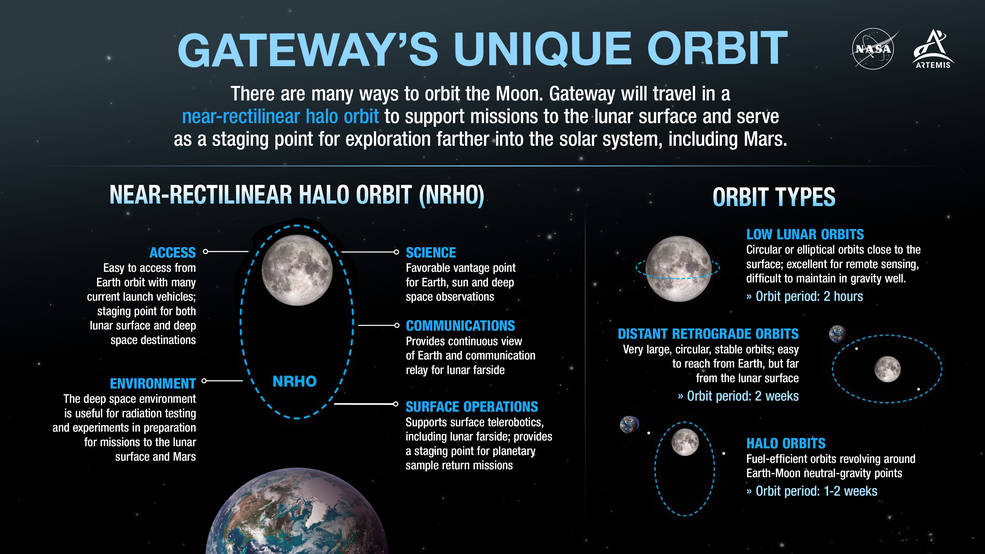
CAPSTONE will serve as a pathfinder for Gateway, a crucial component of the program Artemis, which plans to return humans to the Moon by the mid-2020s.
After a three-month voyage to the target destination, the craft will spend six months entering and maintaining the NRHO.
This aims to prove the route is appropriate for crewed missions.
“We need to know that this orbit can actually be maintained autonomously, and CAPSTONE is going to validate that,” Ali Luna Guarneros of NASA’s Ames Research Center, told TNW.
The location also offers an ideal staging area for missions to the Moon — and beyond.
Get the TNW newsletter
Get the most important tech news in your inbox each week.
